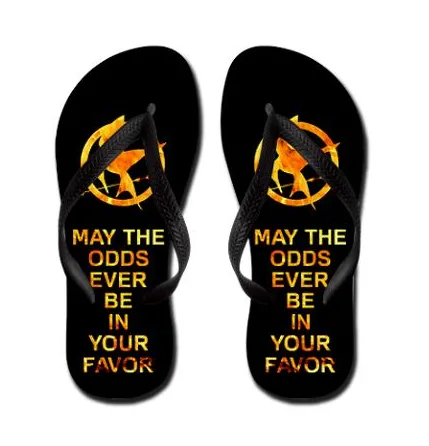The Hunger Games: Marketing Strategies and Takeaways
The first movie in a four-movie franchise based on popular book trilogy, “The Hunger Games,” hits theaters at 12:01 AM this Friday. Excitement has been mounting among fans of the series for months, fueled by a phased digital campaign strategy which kicked off last year.
As tends to be the case with movie promotions, “The Hunger Games” marketing efforts have included promotional giveaways, enticing previews, and public appearances and television interviews with many of the movie’s young stars; however, the marketing team responsible for promoting this particular movie heavily focused their attention on the online social networks and platforms frequented by their young target demographic
While most products and services lack the buzzworthy characteristics of an action-packed bestselling book series-turned-movie phenomenon, there are many valuable lessons for marketers to learn from the trajectory of “The Hunger Games.”
1. If the subject that you are marketing is in any way controversial (ie contains themes with political, violent, offensive undertones), refrain from including graphical representations of those themes in your collateral. In the case of “The Hunger Games,” despite the movie being centered around teenagers battling to the death for entertainment purposes, previews and posters made no mention of the objective of the Games. Instead, the movie studio touches on the sole winner of the Games and tactfully opted to exclude combat scenes from trailers. By maintaining an element of mystery, the studio effectively drives interested audiences to digital content for additional information.
2. Today’s consumers lose interest in marketing gimmicks so quickly, and clever publicists developed a phased approach to marketing “The Hunger Games” movie. They have been staggering the launches of new social networks, such as an elaborate Tumblr blog called Capitol Couture, revolving around the movie’s costumes and trends, and interactive contests, like a Twitter promotion requiring participants to find and piece together a puzzle/movie poster housed on 100 different websites. This week, Lionsgate is providing fans with a Facebook game, as well as a virtual tour of the Capitol, where the movie is set, through a collaboration with Microsoft. A steady stream of media for consumption ensures that marketers capture and sustain potential customers’ interest prior to a major release.
3. Include notable influencers in the evolution of your campaign. Movie marketers selected twelve avid fans to serve as “Recruiters,” or community managers who moderate and share campaign details with other fans via Facebook and Twitter. These select individuals were not made aware of how they were nominated for these positions, or why, but they all share a common love of “Hunger Games” books and strong presences on social media and blogging platforms. While these positions do not come with monetary compensation, “Recruiters” are privy to breaking news about the movies before the general public. The sense of autonomy instilled in these hardcore “Hunger Games” fans trickles down to other members of their online communities, thereby creating a shared responsibility for keeping the dialogue about the movies dynamic, interesting, and engaging.
Merchandise based on the movie’s characters and plotlines spans temporary tattoos, t-shirts, pillowcases, blankets, tote bags, earrings, cookbooks, pins, and even digital ID cards for residents of Panem, the movie’s futuristic society (customized with your name and photo, of course!). Read about other “Hunger Games” paraphernalia in a recent L.A. Times blog post.
I hope that the above examples inspire you to take a fresh approach to your next marketing campaign and to use creative promotional products to keep your end users on their toes!
